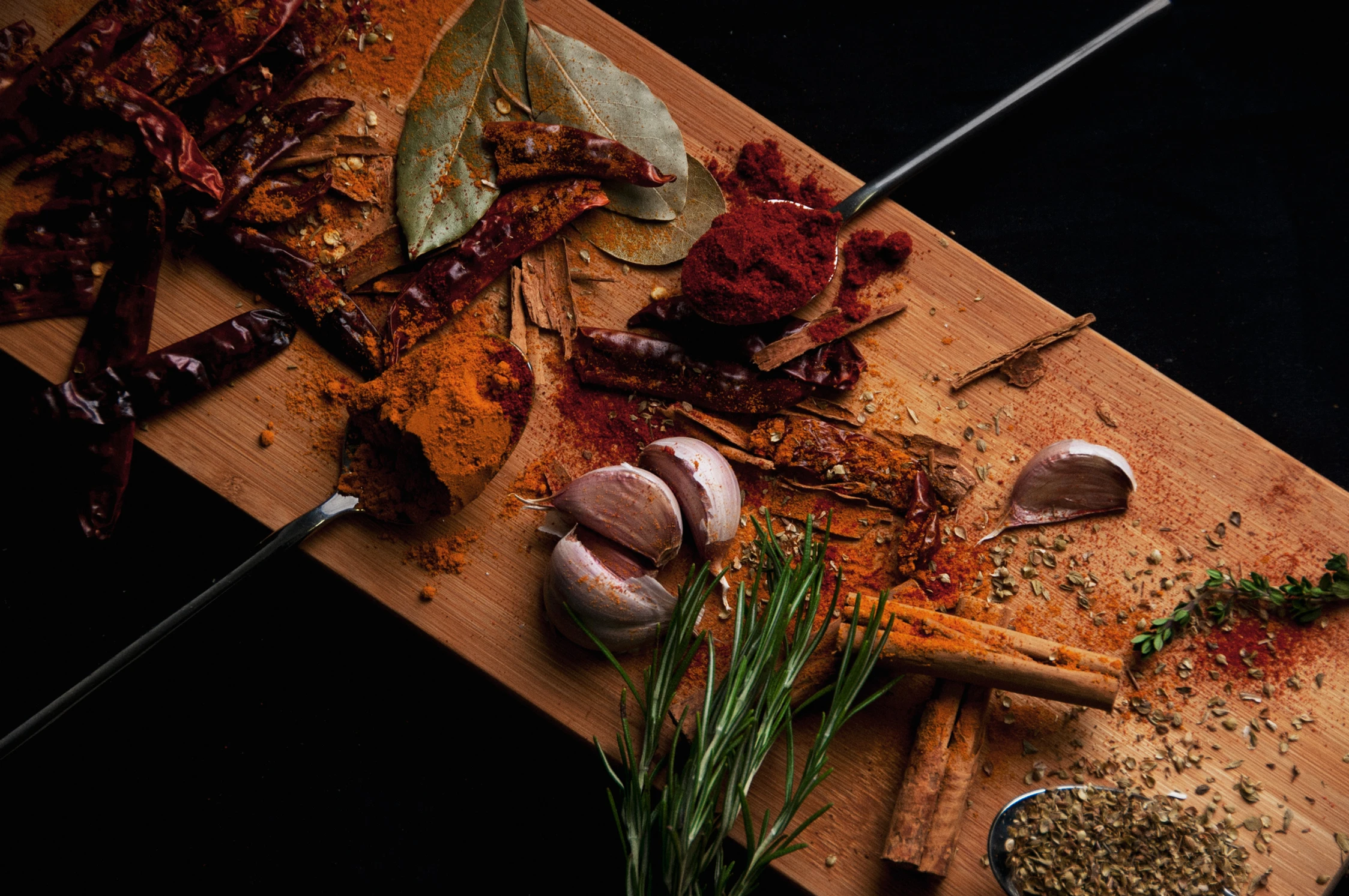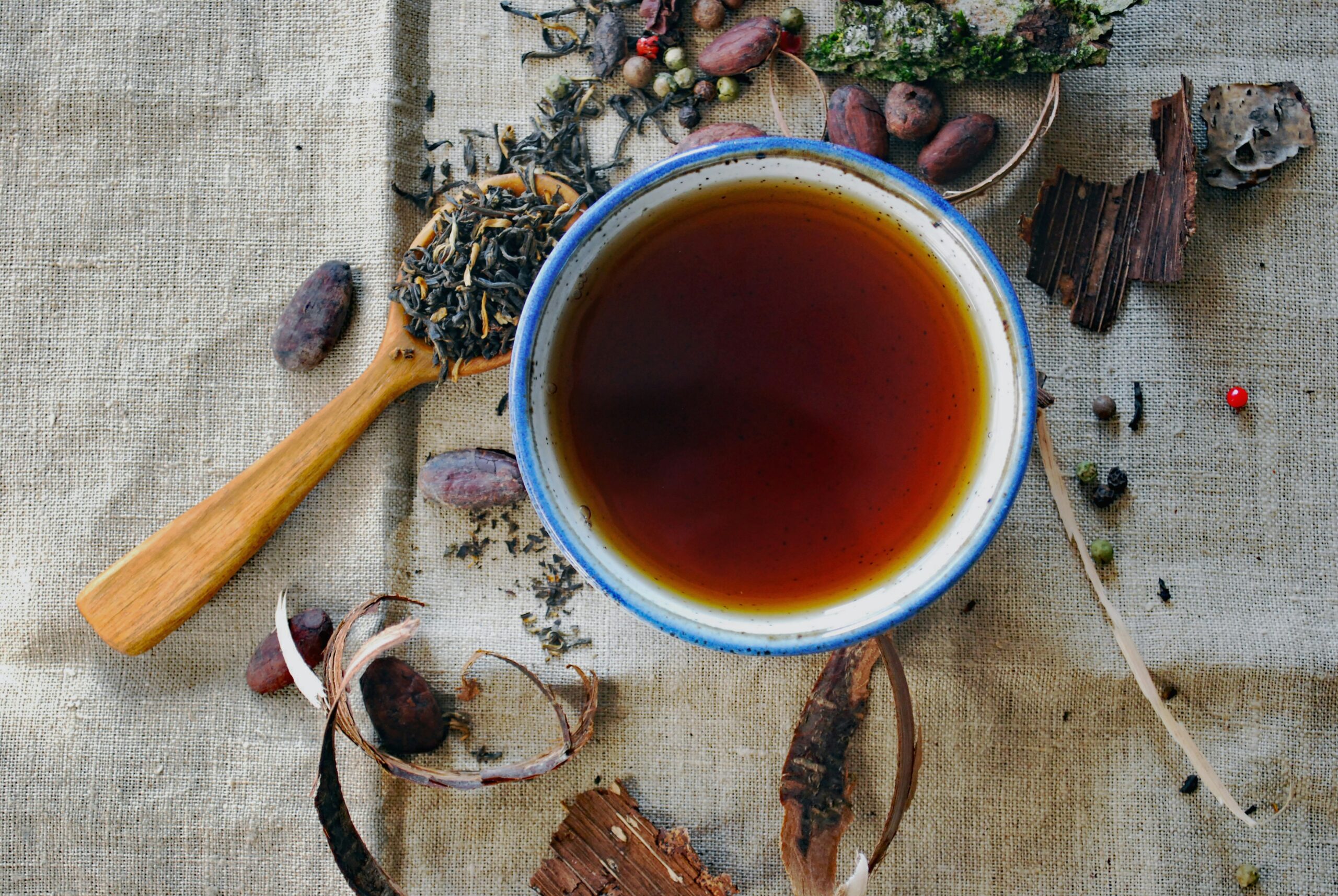Photo by Zahrin Lukman
Have you ever heard the quote: “Let food be thy medicine, and let medicine be thy food”? This quote is attributed to Hippocrates, the famous Greek physician known as the father of medicine. This quote reflects the importance of nutrition to prevent diseases and in some instances to cure them.
The foods we eat can contribute to pain, can aggravate it, but some foods can also help fight inflammation in our bodies and help with pain. Some foods have pain-relieving properties and some others are highly inflammatory. We are what we eat so if you are in pain, pay close attention to the fuel you are giving to your body. If your diet is based on processed foods and sugar, changing your diet to whole foods and avoiding processed foods as much as you can, will help you fight inflammation, get healthier and manage pain.
Here are 10 anti-inflammatory foods. Add them to your diet and enjoy their benefits!
1. Ginger.
Ginger (Zingiber officinale Roscoe, Zingiberaceae) is one of the most commonly consumed dietary condiments in the world and it has been used for centuries for the treatment of hundreds of ailments. In addition to pain reduction, it is also effective for nausea and great for digestion. Ginger acts as a potent antioxidant, reduces cholesterol and improves lipid metabolism which helps to decrease the risk of cardiovascular disease and diabetes.
2. Hot peppers
Capsaicin is the chemical responsible for the spiciness in peppers and also one of its components responsible for its many health beneficial effects. When we eat a chili pepper, capsaicin binds to and activates heat receptor proteins called TRPV1. The heat and pain we perceive after biting into it is the TRPV1 receptor response to extreme heat. When we consume capsaicin on a regular basis, our pain nerve cells become desensitized to the painful stimulus, and that is how it helps with pain.
When capsaicin is applied to the skin it works the same way, it causes desensitization of local pain nerves, making it a good treatment for local pain in neurologic conditions such as postherpetic neuralgia.
3. Turmeric.
Turmeric (Curcuma longa) has long been used as an anti-inflammatory treatment in traditional Chinese and Ayurvedic medicine. It belongs to the same family as ginger but it has different bioactive components, the main one is curcumin. Research has shown that curcumin can help in the management of conditions such as metabolic syndrome, arthritis, anxiety, and hyperlipidemia. It also helps the body recover from exercise.
Curcumin does not produce its health benefits when used alone because of its poor bioavailability (it is hard to absorb and it is rapidly metabolized and eliminated in the body). Therefore, it needs to be used with piperine which is one of the major active components of black pepper. So, when you use turmeric for cooking, make sure you add black pepper, it will make your food delicious and will make sure you are getting the full benefits of this powerful anti-inflammatory and antioxidant.
I personally use it in soups and I add it to broccoli and cauliflower when I roast them. Don’t forget to add pepper!
4. Garlic.
Garlic (Allium sativum) has had an important medicinal place in history. It appears to enhance the functioning of the immune system by stimulating certain cell types that are part of the inflammatory and immune response, and also by regulating the secretion of cytokines, immunoglobulins, and other substances involved in inflammation.
Use fresh garlic on your meals to enhance their flavor and to get the full benefit of its properties.
5. Cinnamon
Cinnamon has been used due to its medicinal properties for thousands of years. It is an antioxidant, anti-inflammatory, antidiabetic, antimicrobial, anticancer, it has lipid-lowering properties, cardioprotective and has also been reported to have activities against neurological diseases, such as Parkinson and Alzheimer.
6. Fatty fish.
Fatty fish (salmon, sardines, tuna, mackerel) contain high amounts of omega 3 fatty acids which have shown to decrease inflammatory cytokines. A study showed that patients with Rheumatoid Arthritis that eat fish more than 2 times a week, had lower disease activity, reduced joint swelling and pain.
7. Cherries
Cherries, sweet and tart, are a rich source of polyphenols and vitamin C which have anti-oxidant and anti-inflammatory properties. Studies have shown that eating cherries can decrease markers for oxidative stress, inflammation, exercise-induced muscle soreness and loss of strength, and blood pressure.
8. Red grapes
Red grapes skin and seeds have resveratrol which has been reported to have beneficial properties. However, grapes have other phytonutrients that have many antioxidant properties, so eating the whole grape is better that only taking resveratrol as a supplement. Red wine has resveratrol but not as much as grapes.
9. Olive oil
Extra virgin olive oil in the Mediterranean diet has been associated with a lower occurrence of chronic diseases. Olive oil is high in one of the components of olive oil is oleocanthal. Oleocanthal is responsible for the throat stinging sensation that olive oil can cause. The higher the amount of oleocanthal in olive oil, the more stinging it produces and the better quality the olive oil and better benefits. Oleocanthal inhibits the same enzyme that ibuprofen does making it having similar anti-inflammatory and analgesic effects but without the side effects.
It is important to buy good quality olive oil, one that has not been diluted with cheaper oils. Use it in your favorite salad or to sauté vegetables but make sure it does not reach temperatures above 400 degrees because it loses its health properties.
10. Berries
Blueberries, strawberries, and blackberries have a variety of dietary bioactive compounds. They are considered superfoods, are antioxidants and help fight inflammation.
References
https://www.ncbi.nlm.nih.gov/books/NBK92775/
https://www.ncbi.nlm.nih.gov/pmc/articles/PMC3886382/
https://www.ncbi.nlm.nih.gov/pmc/articles/PMC4477151/
https://www.ncbi.nlm.nih.gov/pmc/articles/PMC5003001/
http://downloads.hindawi.com/journals/jir/2015/401630.pdf
https://www.ncbi.nlm.nih.gov/pmc/articles/PMC4103721/
https://www.ncbi.nlm.nih.gov/pmc/articles/PMC4003790/
https://www.ncbi.nlm.nih.gov/pubmed/25629927
http://www.macrothink.org/journal/index.php/jfs/article/view/1927/1790
https://www.ncbi.nlm.nih.gov/pmc/articles/PMC5872786/
https://www.ncbi.nlm.nih.gov/pmc/articles/PMC6164842/
https://www.ncbi.nlm.nih.gov/pmc/articles/PMC4553113/
https://www.ncbi.nlm.nih.gov/pubmed/16136122





0 Comments